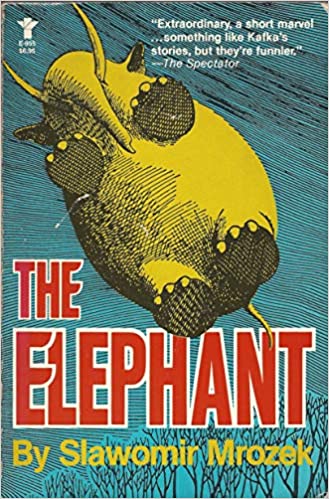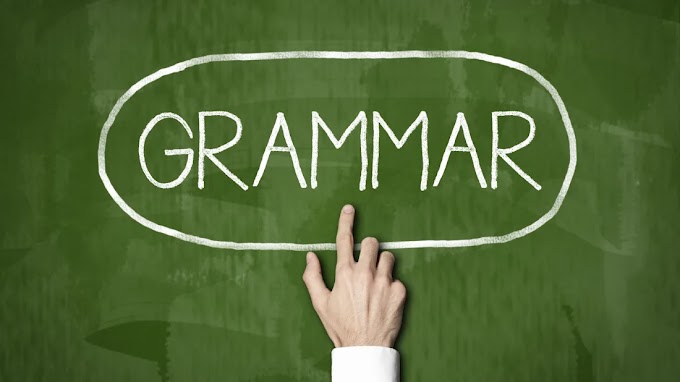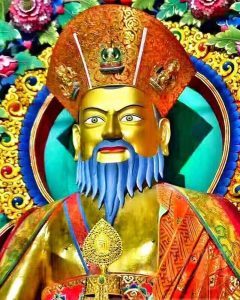Unit
Three-Chapter 2
Development of Modern
Education
Introduction
·
Education
an important factor for the growth for the society
·
Education
played an important role in the religious life for centuries and continues to
be so today.
·
Education
steered Bhutan to its attainment of GNH
Forms of Education in Bhutan
1. Monastic
Education
·
Monks,
Nuns and the Gomchens
2. Western
Education
·
School
going Children
3. Non
Formal Education
·
Village
elders and women including people in the remotest village
1. Monastic Education in Bhutan
·
Monastic
education in Bhutan has been playing a vital role in shaping the cultural and
social life of the people.
·
The
advent of Buddhism in Bhutan in the early 7th century not only
brought about a religious transformation of the people and set about a
processes of historical evolution but also set in motion the growth of
education.
·
The
monastic education was only formalized in the 17th century and it
played a vital role in the development of the education system in Bhutan.
·
Zhabdrung
ngawang Namgyal had played a vital role in the development processes
like:
ü He instituted first monk body in chari- 1622
which was headed by Pekar Juney with 30 numbers of monks and later Pekar Juney
took the role as the first Head Abbot under the dual system of government.
ü Zhabdrung also invited Lhawang
Lodrey(Zhabdrung’s Tr.at Druk Ralung in Tibet) and contributed in the
development of education
·
Since
then Number of monk increased to 360 in the mid-17th century,
residing in the Punakha dzong.
·
Advent
of Buddhism (7th Century) brought a religious transformation to
people
·
Frequent
movement of Buddhist saint from Tibet (10th) century contributed in
the growth of Buddhist teaching.
·
Monasteries
and temples became the centre of learning.
Contributions of Popular Saints
·
Phajo
Drugon Zhigpo(1208-1275) belonging to the Drukpa Kagyud School established four
medicinal centres in western Bhutan.
·
Kuenkhen
Longchen Ramjam( Drimed woezar)-(1308-1363) from the Dzogchenpa or the school
of Great perfection established eight centres of learning in Western and
Central Bhutan
·
Drukpa
Kuenley(1455-1529) regarded as the Divine Mad Man began his teachings in a
relatively different manner from the other saints which reflected the very
essence of Buddhism
Contributions of the Desis in the monastic Education
1Tenzin
Drukda (2nd Desi)
·
Study
of medicine was introduced in Punakha Dzong
2 Tenzin
Rabgay(4th Desi)
·
Made
compulsory for every household to send one boy as a monk tax
·
Established
Tshenyi Dratshang for the monks to debate
·
Religious
work on wooden block were printed and was later used by the monks as a
reference
3
Sherab Wangchuk(13th Desi)
·
Further
implemented the monk Tax
Mode of Learning
·
Rote
learning
·
Curriculum
consisted of religious rituals, astrology, philosophy, logic, Grammar,
Meditation, poetry and Painting.
·
Medium
of instruction was choekey .(Classical Tibetan)
Modern Education in Bhutan
The beginning of the 20th century
marked the beginning of the modern education in Bhutan with theEnthronement of
Wangchuk Dynasty. The years of internal strife and feuds among the rival
factions that plagued the country came to an end and the stage was set for a
new Bhutan. Monastic education was also equally given importance.
Advent of modern education in Bhutan
·
1914-
Modern education was established/defined
ü Students from Bhutan was sent to kalimpong and
enrolled in Dr. Grahams Homes, a Scottish school.
ü Modern school was opened at Haa
ü 1915-Another school was opened at Wangduecholing
palace to groom the prince and few other boys
·
1952-Glorious
chapter of modern education was started with the ascendancy to the throne of
Jigme Dorji Wangchuk
·
1961-First
Five year plan was started and modern education was give top priorities
Subject
Learnt
ü Hindi
ü English
ü Arithmetic
ü Dzongkha
ü Lessons was taught by Ugyen Dorji(Gongzim/Raja
)
Progress of the modern Education
·
Planned
development, a quick progress was made
·
Graduates
helped in the administration and the technical personal needed in the country
·
1962-English
became the medium of instruction
·
Curriculum
was set up as per the international level
·
English,
His, Eco, the three science, geo and math was included
·
1971
end of the second Five Tear Plan Bhutan had 102 schools including 15MSS, 5HSS
and 2 Public Schools. One of the Public School was Sherutse College in Eastern
Bhutan headed by Late Father William Mackey, a Jesuit Priest from Canada.
·
1973-A
school for blind students was opened in Khaling with support from Norwegian
Mission.
·
1975
TTC cum Demonstration School was established in Paro.
·
1978-
Sherubtse Public school was upgraded into Junior college.
·
1983-
Sherubtse was upgraded into full-fledged college in the kingdom.
·
2003-
MOE was created separately which was earlier combined with the Ministry of
Health
·
MOE
comprises of four departments
a. Department of school education
b. Department of Adult and Higher education
c. Dzongkha Development authority
d. Department of youth, culture and sport
Achievements
·
School
enrollment increased drastically
·
Number
of school increased too
·
2003-School
for deaf children was established in Drugyal which became a milestone in the
development of education system in Bhutan
·
Establishment
of special education resource at Changgangkha LSS by Ashi Tshering Pem Wangchuk
marked another effort if integrating disabled children in the mainstream
education.
·
Multigrade
teaching has also gained importance in remote villages in the attempt of
achieving Education for all.
·
Wholesome
education was also imparted through
a. Competition in games and sports
b. Scouts programme
c. Value education programme
d. Career education and counseling
·
To
upgrade the teacher qualification and efficiency, many programmes have been
introduced:
ü Master’s degree in Education in management and
leadership
ü Bachelor’s degree in Education in Dzongkah distance
Education
ü Diploma in Management and Leadership at the
National Institute of
ü Education, Paro.
ü Bachelor’s degree in Education at Distance
Education mode at national Imstitute of Education, Samtse
ü Postgraduate Diploma in English and Postgraduate
Certificate in Teaching Information System at Sherubtse College
·
1960-
Schools in Bhutan were taught the syllabus which were taught in the Indian
Schools
·
1970-
the development of textbooks at primary level began with the introduction of
Druk English series and Druk and Drukpa. The localization of textbooks for
other subjects began steadily.
·
The ICT
courses were also opened to expose the children the era of information and
communication technology by supplying teaching of computer application course
in 32 Higher Secondary Schools.
·
Another
milestone changes in the modern education system is the localization of the
class XII examination.
Royal University of Bhutan
·
By a
Royal Decree, Bhutan moved a step ahead with the launching of her own
University.
·
RUB was
also set up at simtokha headed by chhotse poenlop with Zangley Drukpa as the
vice Chancellor
·
June 2,
2003 colleges and institutes were set headed by lyonpo Sangay Needup as the
interim Vice Chancellor. The current Colleges and Institutes of the RUB are:
ü Sherubtse College, Kanglung
ü Royal Bhutan Institute of Technology,
Rinchending
ü NIE, Samtse
ü NIE,Paro
ü Institute of Language and Cultural Studies,
Simtokha
ü Natural Resources Training Institute, Lobesa
ü Royal Institute of Sciences, Thimphu
ü Royal Institute of Traditional Medicine,
Thimphu
ü Royal Institute of Management, Thimphu









0 Comments